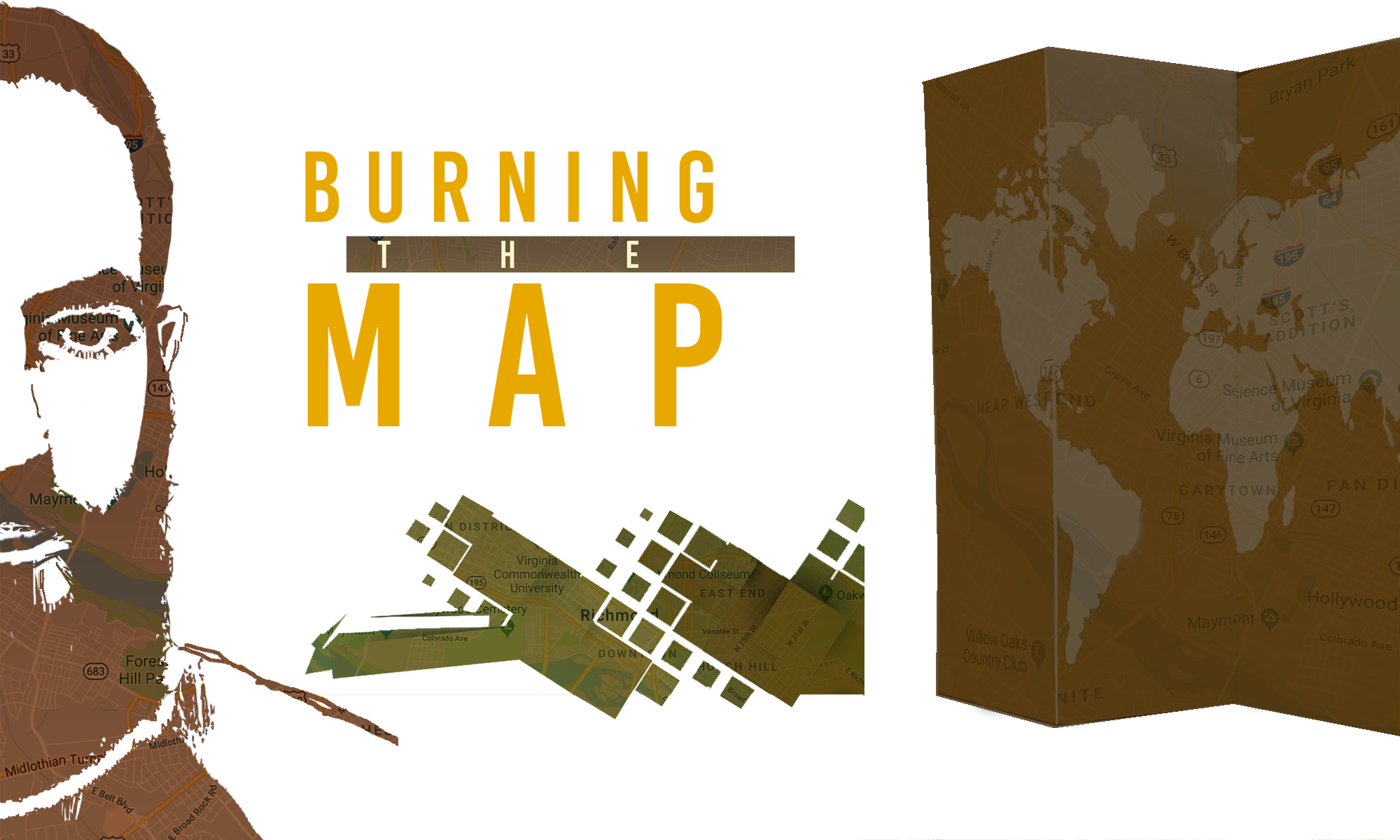Everybody said that once you’d seen the bridge, you’d seen Mostar. But were they considering all the different angles you could find? Unsure.
It’s true that you can walk through the old town in around 15 minutes. However, there are a myriad of terraces and miscellaneous paths you can wander down. Like 7.
By the way, I’m talking about Bosnia & Herzegovina.
Ok. So, you can see Mostar in pretty much a day. If that’s the plan, you have to make Sheva’s walking tour a mandatory activity at some point on that day. It’s the only one that exists, presumably because it’s such a small town, but it’s also amazing. My group consisted of 4 people in total (low season). That was the perfect size to get in-depth on certain topics and make it more of a discourse. It seemed like every resident knew him, and in turn he knew everything about Mostar.
We started in the center of the old town and learned about the ancient history. The Muslim influence of the Ottoman Empire explained the plethora of minarets among the skyline. The name ‘Mostar’ means bridge-keeper, so…it makes sense that the thing is such a staple there.
Apparently it’s a rite of passage for every man to jump off the bridge into the river below. It’s a distance of 22 meters aka about 70 feet. They have their own method and everything. In the summer, there’s an entire diving competition. Even being in the middle of autumn, with the water temperature at 9º Celsius, there were still daily jumps. I witnessed one. Sheva told us that anybody could jump if they wanted, they just had to pass a test run of 16m. My interested was piqued.

That’s where it remained. Should I have done it? Perhaps. But I also enjoy being conscious and having my faculties, as dim as they may seem sometimes.
Once the foundational history was established, Sheva began to describe the more recent and difficult past surrounding the Bosnian war that spanned 1992-1995.
As Bosnia & Herzegovina is home to 3 different cultures of people (Bosnians, Croatians, and Serbians), it was complicated when Yugoslavia began to disband in 1991. Once the conflict really broke out, Mostar was divided into two halves: Croatians to the west and Bosnians to the east — the line of demarcation being the main road. We stood on a spot that was in the middle of two buildings that were still devastated.
From that point, he showed us an old bank building on the Croatian side of town that was used as a sniper tower. To this day, some 20 years later, it still sits there abandoned and a symbol of the death and destruction that occurred. A day later, I went and “snuck in” to take a closer look. Nowadays, it’s just a few stories of graffitied concrete and errant weeds. But if those walls could talk.





From Mostar, I took a bus to the capital of Sarajevo. Much more sprawling. The city center had clear influences of the two ruling powers. In fact, there was an actual line separating the Ottoman Empire section from the Austro-Hungarian side. The former featured short stone buildings, fountains and, of course, an important mosque; the latter had square, colored architecture with intricate detail. A relic of that era that I completely spaced on was the assassination site of Arch Duke Franz Ferdinand and his wife. I stood where Gavrilo Princip pulled the trigger and ignited World War I. Pretty wild to think about.
My favorite spot was an alley full of shops that offered hand-chiseled copper goods — an array of coffee sets, jewelry, and ornamental plates. Taking a stroll down this tiny avenue came with a soundtrack of ticking and tacking. It’s a shame I don’t enjoy coffee. Blasphemous in this region.




During my other exploring, I took a cable car up to the top of the nearby mountain and walked down. This gave me the opportunity to become an honorary olympian, albeit sledless. As Sarajevo hosted the 1984 Winter Olympic Games, there was an entire bobsled track up there…also abandoned and graffitied. It was a unique attraction, but I think it actually sounds cooler than it was.
The last major thing I did was tour the City Hall. It was originally the National and University Library of Bosnia. During the war, it was shelled so bad that almost all of the 1.5+ million books and rare manuscripts were damaged/burned beyond saving. The building was renovated over the course of almost 20 years and reopened in 2014 as a national monument. The interior molding, paintings, and sculptures are quite stunning.
As a special exhibit, they were screening a film called “Scream For Me Sarajevo” that documented a concert Iron Maiden played in the city while it was under siege in 1994. It was a well-crafted narrative from members of the band and citizens that attended the show. They gave their accounts of what life was like during the war and how they were willing to risk their lives to see Bruce Dickinson sing. The amount of influence and inspiration that one band and one gig had over the morale of a city’s population is astounding. I’m not sure it gets any better than that from a musician’s standpoint. The most meaningful show they’ll ever play I’m sure.
Ending on a high note, I departed Sarajevo just as the consistent rain was rolling in. It was one more European bus journey before flying to Morocco to meet up with ole pal Judson. Onto a new continent, climate, and culture.




































































































































































































